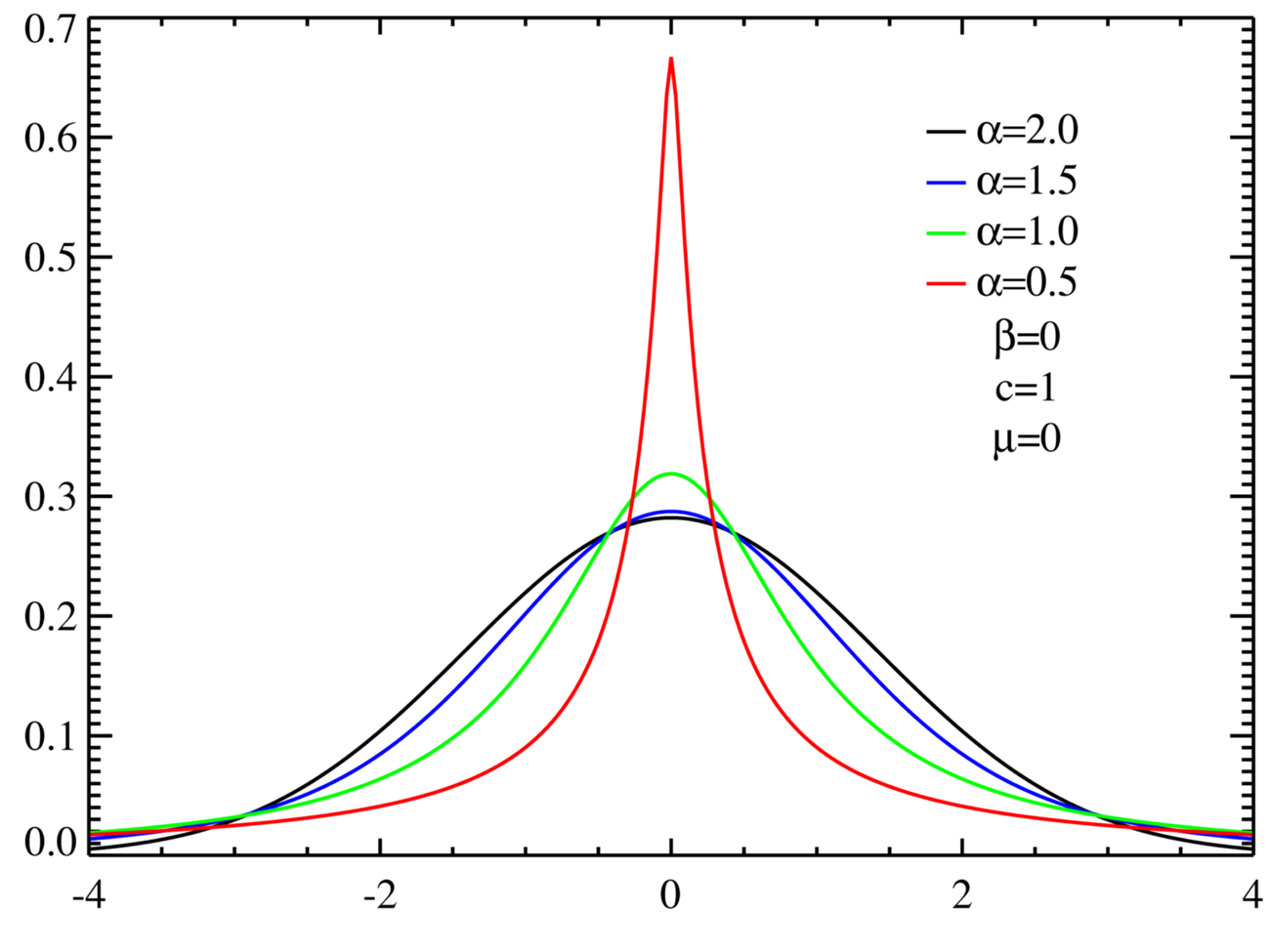A look at the externalities from capital controls and potential effects on international finance
The focus of this post is going to be on the arguments in a recent
NBER working paper on how capital controls in one country should be evaluated on an international level.
An interesting development in the analysis of capital markets in the past few years has been a changing paradigm on the use of capital controls as macroprudential policy. Through empirical analysis, we've found various channels through which capital controls function. As per the working paper:
Some economists and policymakers have recently become more supportive of controls on capital inflows, particularly if they are aimed at limiting the appreciation of overvalued currencies and reducing financial fragilities resulting from large and volatile capital flows. This support has been bolstered by theoretical work showing that taxes on capital inflows can improve a country’s welfare by reducing negative feedback effects due to capital flow volatility (Korinek, 2010 and Jeanne and Korinek, 2010) or by adjusting the terms-of-trade to shift consumption across periods (Costinot, Lorenzoni, and Werning, 2011). This theoretical work has been supported by empirical work showing that even if capital controls cannot significantly affect the total volume of capital inflows, they can improve the country’s liability structure and increase its resilience to crises (i.e., Ostry et al., 2010).1
Yet the analysis hasn't really focused on external effects of capital controls of country on others. This is an important field of study because, as the study of customs unions or financial contagion has taught us, the effect of controls or restrictions change significantly in a second-best world populated by other states with their own policy regimes. Thus, any possible externalities from one country's capital controls are extremely important in the formulation of policy.
The paper looks at 'moderate, market-based controls on capital inflows in a country which previously had a relatively open capital account." In effect, it shies away from large scale capital controlled regimes like China. Also, these types of capital controls are unlike the command-and-control regulations that China uses in stopping capital mobility. Instead of a quota, the controls analyzed in the paper make capital harder to move on a per-unit basis. While Chinese capital controls can be represented by a levee, the capital controls analyzed in the paper are the equivalent of making the hill a bit steeper or moving to higher ground. For more rigorous empirical analysis, the paper looks at Brazilian markets, as they are relatively deep and have been subject to multiple changes in capital restrictions over the years. The authors use the Emerging Portfolio Fund Research (EPFR) to analyze changes in mutual and bond funds. In addition, they interview investors from a variety of backgrounds to learn about how market practitioners respond to capital controls.
An interesting nugget from the empirical analysis is that a large part of the impact from Brazilian capital controls arises from the expectation about future policy. Capital controls in Brazil lower investment in Brazil, but also in other countries that have a higher risk of implementing more capital controls. The specific wording from the paper:
Given these significant portfolio effects of capital controls on investor allocations to Brazil, it is not surprising that there are externalities on portfolio allocations to other countries as well. Confirming comments in some of the investor interviews, we find that these spillovers are heterogeneous and depend on country characteristics and the fund manager’s strategy. When Brazil increases its capital controls, investors increase their portfolio allocations to other countries that are closely linked to growth in China (through commodity or regional exports). There is also mixed evidence that investors may increase their portfolio allocations to other countries in Latin America. At the same time, increased capital controls in Brazil cause investors to reduce their portfolio allocations to countries that are perceived to have a higher risk of following Brazil’s example and implementing new controls (including countries that are traditionally open but recently imposed new controls as well as countries that traditionally have extensive restrictions on capital mobility). These results confirm that much of the effect of controls is from signalling, i.e. changes in investor expectations about government policy, even for countries that are not concurrently adjusting their capital controls (6).
This shift in expectations then has implications for whether capital controls can be targeted. If controls cause markets to judge an entire government as heterodox, then capital flows as a would reduce all forms of foreign investment. Additionally, Brazilian capital controls may change global expectations about policy for capital controls. This may change the allocation of funds at a global level as well.
The shift towards Chinese investments in the face of Brazilian capital requirements is quite interesting. This suggests that there's something offered by investments related to China that similar to that of Brazilian investments. This relationship is probably built on the BRICs of emerging markets, but these similar flows weren't recorded as going into Russia or India. Brazil is also unique in its central placement in South America, which is probably the reason Brazilian capital controls pushed a substantial portion of the new flows into other Latin American countries. Although their development has not kept pace with Brazil, they are likely exposed to similar risks with respect to commodity price shocks on the global marketplace. As a result, an investor might decide to shift away from Brazil, which has capital controls, to another Latin American country which would offer a similar type of investment, but with a higher yield due to lower capital controls. The authors use these spillover effects of capital controls to justify more international coordination:
If capital controls shift vulnerabilities from one country to another, this “bubble thy neighbour effect” should be incorporated in any reassessment of the desirability of capital controls. Moreover, if several countries simultaneously adopted controls as part of a standard “policy toolkit”, or if a single large country adopted more stringent controls than Brazil’s small tax analyzed in this paper, the externalities could be substantial. This does not necessarily mean that capital controls will reduce global welfare and should always be avoided. Instead, these results support a role for international coordination or oversight of the use of capital controls to avoid a “bubble thy neighbor” effect which could lead to retaliation across countries and reduce global welfare (6).
The argument about "retaliation across countries" exposes an important weakness of capital controls. If capital controls function primarily by pushing hot money flows onto other countries, a global regime of capital controls is likely to have the same effect that capital controls have on a country-by-country basis. In effect, the fallacy of composition strikes again, as if every country imposed capital controls, capital controls would no longer address vulnerabilities in finance. Rather, they would just lower the global return on capital.
Section 2 of the paper moved on to investor surveys of attitudes towards capital controls. They reveal a wide diversity of views on capital flows. While some investors were neutral (“cost of doing business”), quite a few of them interpreted capital controls as signalling something more fundamental about the country (“anti-investor bias of the country,” “an increase in policy uncertainty in the future,” “a government that does not know what to do,” or a “lack of stability in economic policy”) that constituted "a draconian policy". Other investors had positive views, as "controls showed the country was addressing potential vulnerabilities due to a rapid expansion of credit related to capital inflows". If capital flows substantively affect future expectations of capital stability, these yield expectations should be integrated into the design of policy. Yields could be used as a tool to look at market expectations of the future path of policy.
Capital controls also have heterogenous effects on different investors. Equity investors face higher levels of volatility, so taxes on the order of a few percentage points of return were not very worrisome. On the other hand, for those who were dealing with fixed income assets or had absolute thresholds to reach, the tax on incoming capital had a major effect.
The surveys also reveal that capital controls, as currently implemented, affect the economy with long and variable lags. This would take place in spite of advanced knowledge of when the controls would be implemented. There were four key reasons for this:
- Expectation lag - even though capital controls changed the expectations of future policy, any given change could only be part of a "broad assessment" of investments in a country. As a result, one capital control would not immediately affect a change in investment strategy.
- Institutional lag - in many institutions, fund allocations depend upon decisions of large committees that go through a "lengthy process of meetings, documentation and approvals" (10). As a result of the internal transaction costs of making the decision, capital controls don't have immediate effects.
- Coordination lag - the effect of capital controls extends beyond one firm. Rather, investors require information about the actions of other agents to make a decision; they can't ex-ante coordinate to figure out how much each firm will invest. As a result, responses to capital controls take time.
All of this shows that investors respond in very different ways to capital controls; the image of a representative investor investing symmetrically with the market is an illusion. Policy then needs to be designed carefully to take into account these different types of investments.
Overall, this paper has notable implications for a global shift away from financial fragility through capital controls. The signalling argument means there's room for
rule based policy when it comes to macroprudential regulation. To clarify what the government wants to do with capital flows, they can create a "macroprudential regime" to try and anchor investor expectations, thereby creating an environment more conducive to growth.
Also, the international spillovers of capital flows make the dynamics of adjustment to an international landscape dotted with capital controls unpredictable. As more and more large economies move towards capital controls, two scenarios could evolve. One is that the states without capital controls would be seen as freer to capital flows. This would create strong incentives for the remaining states to implement controls so as to prevent the new flows of hot money from coming into their polities. Even without international coordination, there would be a snowballing effect towards a new regime on capital controls. On the other hand, if the expectations channel was strong enough, the remaining states could go without controls as investors already expect them to be willing to take measures to moderate capital flows. In effect, the actions of the first movers would immunize the rest. Under this scenario, the first movers would be providing a public good with their decision to move first. As a result, there would be an inefficient level of capital controls. I'm not sure which one is more correct, but either way they make the study of international finance very exciting as development marches forward.










